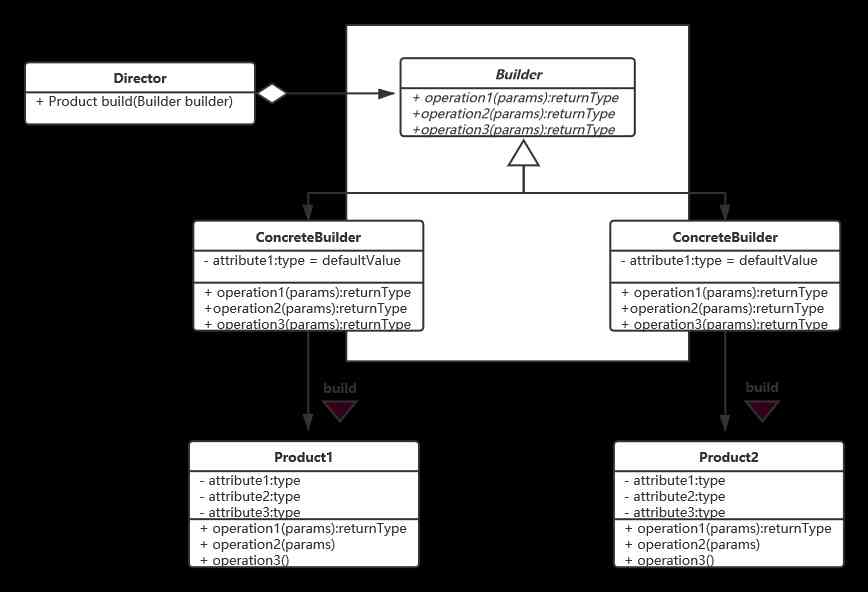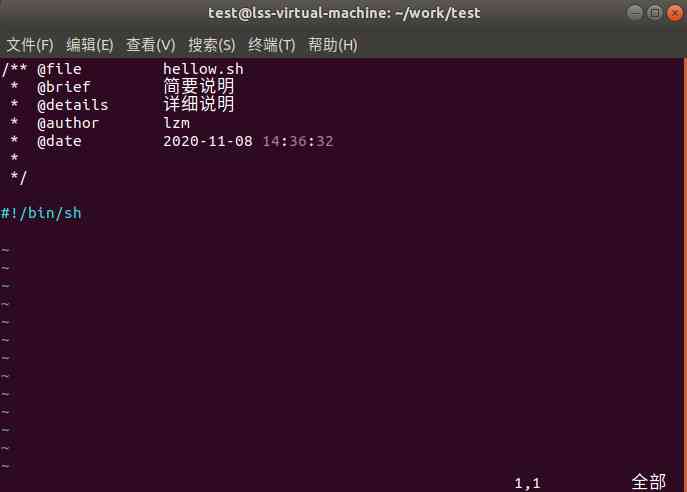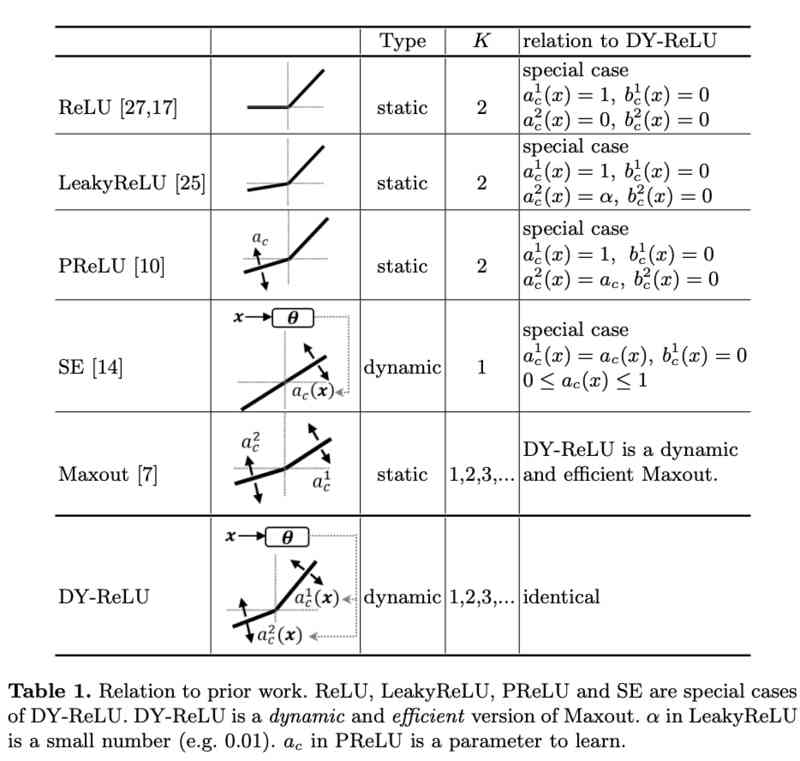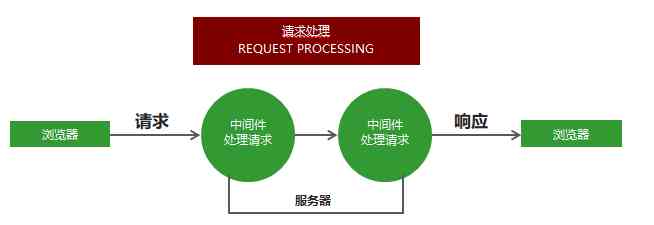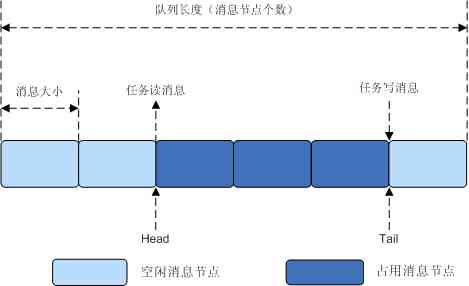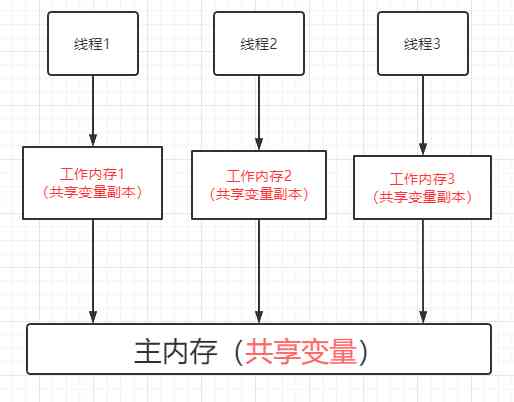1. Database overview and environment building
1.1 Why use a database
-
The data in the dynamic website is stored in the database
-
The database can be used to persist the user information collected by the client through forms
-
Database software itself can manage data efficiently
1.2 What is a database
A database is a warehouse for storing data , Data can be stored in an orderly and classified manner . It's language independent software , Can pass API To operate it . Common database software is : mysql. mongoDB. oracle.

1.3 MongoDB Download and install the database
Download address : https://www.mongodb.com/download-center/community
1.4 MongoDB Visualization software
MongoDB Visual operation software , It's a way to operate a database using a graphical interface .


1.5 Database related concepts
Multiple data warehouses can be included in a database software , Each data warehouse can contain multiple data sets , Every Data sets can contain multiple documents ( Specific data ).
| The term | interpretative statement |
|---|---|
| database | database ,mongoDB Multiple databases can be created in database software |
| collection | aggregate , A collection of data , It can be understood as JavaScript In the array |
| document | file , A specific piece of data , It can be understood as JavaScript Objects in the |
| field | Field , Attribute names in the document , It can be understood as JavaScript Object properties in |
1.6 Mongoose The first 3 Tripartite package
-
Use Nodejs operation MongoDB The database needs to depend on Node.js The first Tripartite package mongoose
-
Use npm install mongoose Command download
1.7 start-up MongoDB
Run in the command line tool net start mongoDB You can start MongoDB, otherwise MongoDB Will not be able to connect .
1.8 Database connection
Use mongoose Provided connect Method to connect to the database .
MongoDB The return is promise object
mongoose.connect('mongodb://localhost/playground')
.then(() => console.log(' Database connection successful '))
.catch(err => console.log(' Database connection failed ', err));
When connecting to the database, if you are prompted with the following information , stay content Method to add a second parameter , { useNewUrlParser: true }
(node:15596) DeprecationWarning: current URL string parser is deprecated, and will be removed in a future version. To use the new parser, pass option { useNewUrlParser: true } to MongoClient.connect.
If you are prompted (node:14524) DeprecationWarning: current Server Discovery and Monitoring engine is deprecated, and will be removed in a future version. To use the new Server Discover and Monitoring engine, pass option { useUnifiedTopology: true } to the MongoClient constructor.
Continue to add { useUnifiedTopology: true }, Separated by commas
// Introduce third-party modules mongoose
const mongoose = require('mongoose');
// 1、 Connect to database playground, If there is no such database , Automatically created
mongoose.connect('mongodb://localhost/playground', {
useUnifiedTopology: true,
useNewUrlParser: true
})
// Successful connection
.then(() => console.log(' Database connection successful '))
// The connection fails
.catch(err => console.log(err, ' Database connection failed '));
1.9 Create database
stay MongoDB in There is no need to explicitly create a database , If the database in use does not exist ,MongoDB Automatically created .
